
Some of them pretend to be as such and others not so; the truth is that these 5 essential fake documentaries selected by GuideDoc are worth to raise a discussion about reality and fiction. The relevance of their own existence as categories and their differences as concepts are put to the test in film frames.
In case you didn't now, GuideDoc is a global curated documentary streaming platform. Watch the world's best award-winning docs from around the world. We have new movies every day.
The War Game by Peter Watkins (1965)
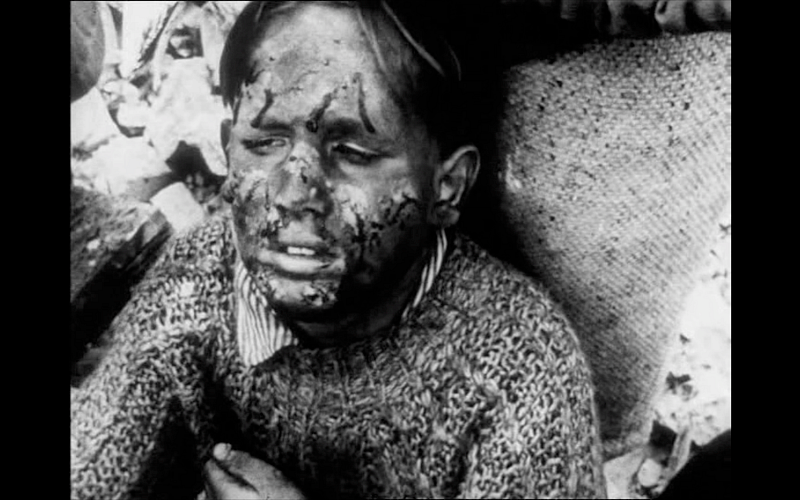
The BBC censored this pseudo-documentary for over twenty years since 1965. Filmed in the middle of the Cold War, The War Game is a false television report about a hypothetical nuclear attack in London perpetrated by the Soviet Union and the subsequent onset of a world wide nuclear war. Described by the usual voice of a newsreel narrator, the images of a girl victim of nuclear radiation, the British aviation bombers pounding the skies or the growing suicide statistics of the terrified British population are shown in such a vivid way that British television preferred not to broadcast the film for fear that it would cause social commotion as Orson Welles did with his radio adaptation of H. G Welles´s The War of the Worlds in 1938.
How to Sleep by Robert Benchley (1935)
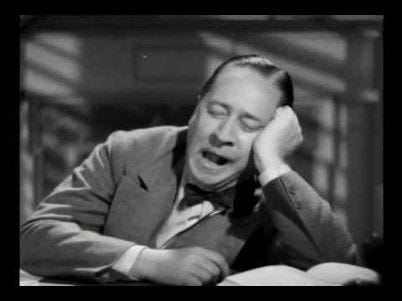
American comedian Robert Benchley makes a hilarious false educational documentary about what is perhaps the most quotidian activity of the human being. In less than 10 minutes, Benchley himself performs the dramatizations he recounts as narrator of the film. The scenes consist of basic tactics for sleeping, such as trying to take a hot bath, or the very process of sleeping through the observation of the most common positions that an average sleeper assumes while lying in bed. In 1938 How to Sleep won the Oscar for Best Short film and was the first of a “How to” series written and directed by Benchley.
The Embassy by Chris Marker (1973)
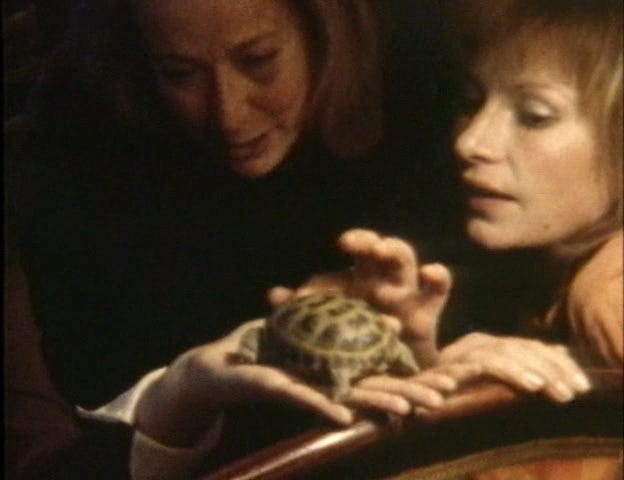
Santiago de Chile in 1973, hours after Pinochet´s military coup against the government of Salvador Allende. A group of political refuges find shelter in the French embassy as victims of the persecution perpetrated by the military. The refugees try to adapt to the space that will be their home for several weeks while they wait for the opportunity to leave the country. But the harmonious coexistence that they have at the beginning is broken as their confinement expands in time, mostly due to the heterogeneity of the group, of which all members belong to the fractured Chilean political left. Much to our surprise, when the Eiffel Tower appears through a window at the end of the film we understand that we have never been in Santiago. Paris itself has been the scene of the reconstruction of a political reality that the world powers pretended to ignore at that time in history.
Zelig by Woody Allen (1983)
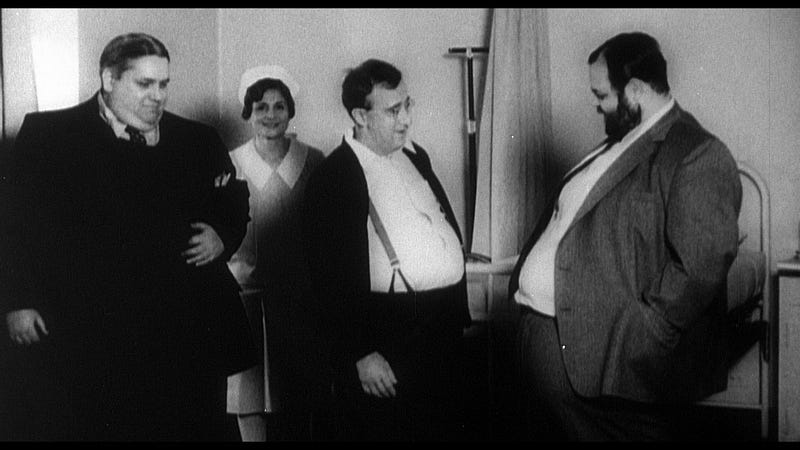
The curious case of Leonard Zelig, a man with the ability to change his appearance at any time, is Woody Allen´s motif to perform one of the most famous mockumentaries in the history of cinema. Zelig uses devices commonly found in documentary films such as witness testimonies, interviews with experts and voiceover narration to investigate the causes of Zelig’s particular behavior. The camera always seems to be in the right moment and in the right place to capture him as he changes his appearance depending on the context. If Zelig finds himself in the middle of a Jews meeting he will grow a beard, if he is among a group of black people his skin will get darker and even his accent will change.
The Vampires of Misery by Luis Ospina and Carlos Mayolo (1977)
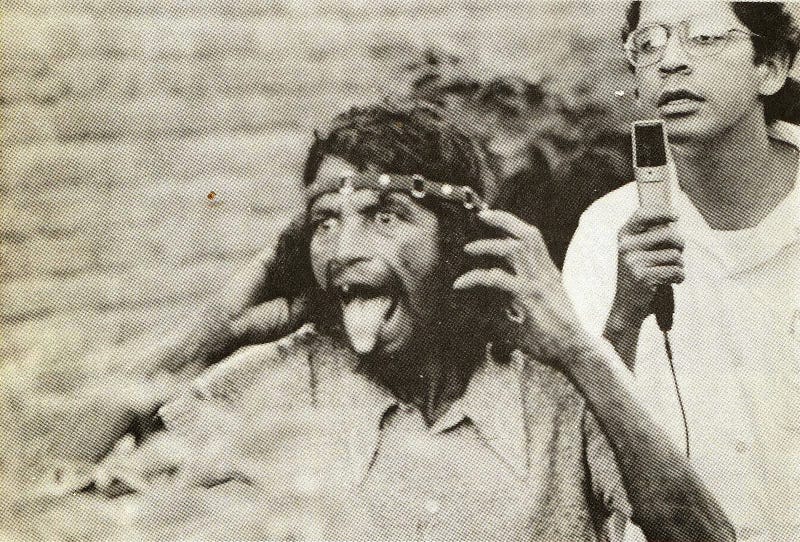
A group of Colombian filmmakers take to the streets to portray the poor people of the city of Cali. They will earn good money for the film as some German production company commissioned it, presumably because in Germany people are interested in knowing everything about the lives of the deprived people in the third world. In The Vampires of Misery we see the behind-the-scenes of these filmmakers as they abandon any vestige of humanity by filming the children who ask for money in the streets, beggars and other picturesque characters of the social margin in an exacerbated and hilarious portrait of Latin-American poverty. This false documentary directed by Ospina and Mayolo, two icons of “Caliwood”, a film movement emerged in the late 1970s in Cali, Colombia, is a parody of the exotic treatment that Latin American and European filmmakers make of the continent´s social reality.
Find other essential documentaries now on GuideDoc.